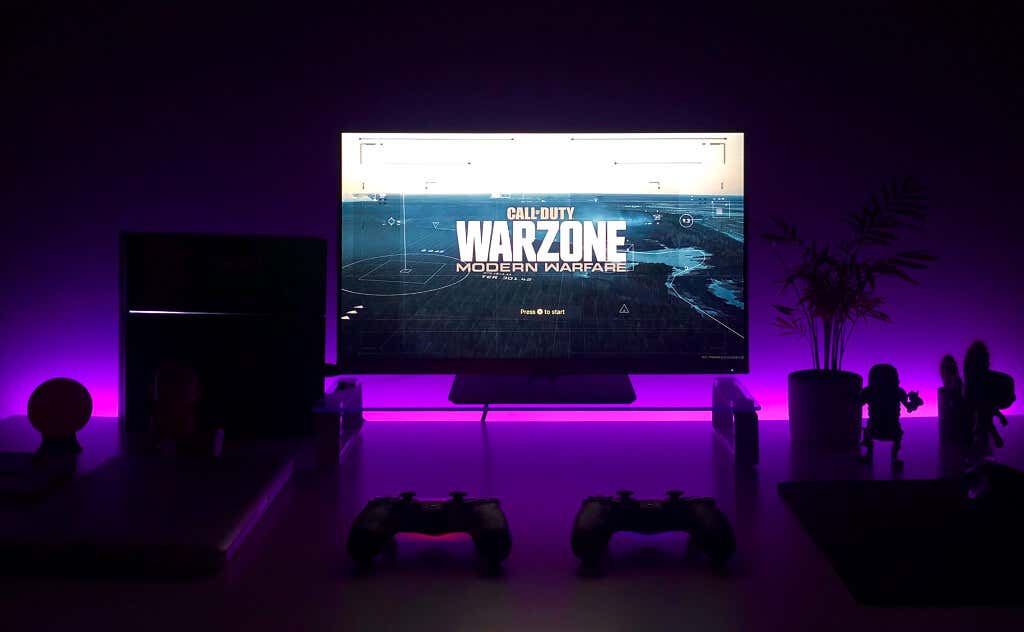In this article, we’ll explain what HDMI 2.1a is and then dive into its features so you know what to expect from this new technology.
What Is HDMI 2.1a?
High-Definition Multimedia Interface (HDMI) is one of the standard audio/video interfaces allowing video transmission from a source device to a display. With the expected release date earlier in 2022, HDMI 2.1a is HDMI’s new standard. It boasts a suite of upgrades, including support for higher resolutions, improved frame rates, HDR video, and much higher bandwidth capacity. HDMI 2.1a uses the same connector as previous HDMI versions and has backward compatibility. HDMI 2.1a is developed by the HDMI Forum, Inc., a group of 90 of the world’s leading electronics manufacturers, movie studios, test labs, and video service providers. HDMI 2.1a was announced at CES 2022.
What Are the New Features of HDMI 2.1a?
HDMI 2.1a has a stack of new features that improve the quality of video and gaming, such as support for much higher resolutions and refresh rates.
Higher resolutions: HDMI 2.1a supports 8K 60Hz and 4K 120Hz, as well as 5K and 10K resolutions (for commercial AV). Dynamic HDR: Dynamic High Dynamic Range (HDR) offers an increase in contrast and visual quality. HDMI 2.1a supports multiple formats for both static and dynamic HDR metadata, including HDR10+ (the dynamic version of HDR10). This is big news because unlike existing HDR formats such as Dolby Vision which are proprietary (meaning manufacturers need to pay licensing fees to use it), HDR10+ has no licensing fees. Source-Based Tone Mapping (SBTM): Generally, tone mapping is performed by the display. SBTM is an HDR feature that uses the content source (such as the game console or computer) to perform the processing behind tone mapping. This helps the display perform better with varying SDR, HDR, and dynamic HDR inputs.
Ultra High-Speed HDMI Cable: The new HDMI 2.1 specification comes with a new cable specification that has an increased bandwidth capability of up to 48Gbps (up from 18Gbps with HDMI 2.0). HDMI Enhanced Audio Return Channel (eARC): eARC replaces the previous Audio Return Channel (ARC), providing greater audio optimization for multiple connected components. It supports high-bitrate audio formats up to 192kHz, 24-bit in uncompressed 5.1, 7.1, or 32-channel audio (including Dolby Atmos). With eARC, users can connect all devices to their TV then run a single HDMI to their soundbar for lossless, high-quality audio, which simplifies setups.
Variable Refresh Rate (VRR): One of the new enhanced gaming features, VRR reduces screen lag and stutter for smoother gameplay by allowing the gaming console to deliver frames as fast as it can. Auto Low Latency Mode (ALLM): ALLM automatically sets the ideal latency setting depending on the video source. For gaming consoles or computers, low latency mode will be set to enable lag-free viewing. For video, low latency will be disabled so that video quality is optimized. Quick Frame Transport (QFT): Another gaming feature, QFT helps reduce latency by increasing the speed of transporting frames via the cable. This reduces the display lag and improves responsiveness.
Quick Media Switching (QMS): QMS uses VRR technology to allow instant changes between videos with different frame rates. This helps to eliminate A/V blackouts that were common with previous HDMI versions. HDMI cable power: HDMI 2.1 cables can transfer power to supported devices, meaning a separate power cable is unnecessary.
For more information, see the HDMI specifications page on HDMI.org.
Is HDMI 2.1a The Future of A/V?
HDMI has quickly become the industry standard A/V interface. Compared with other interfaces like DisplayPort, HDMI supports a far wider range of devices. But do you need to upgrade as soon as possible? Right now, the main benefit of HDMI 2.1a is support for higher video and audio resolutions (such as being able to play at 4K resolution and 120Hz on a Sony Playstation 5 or Xbox Series X). So, unless you need 4K120 or you’ve bought an 8K TV, there’s little reason to upgrade immediately.


